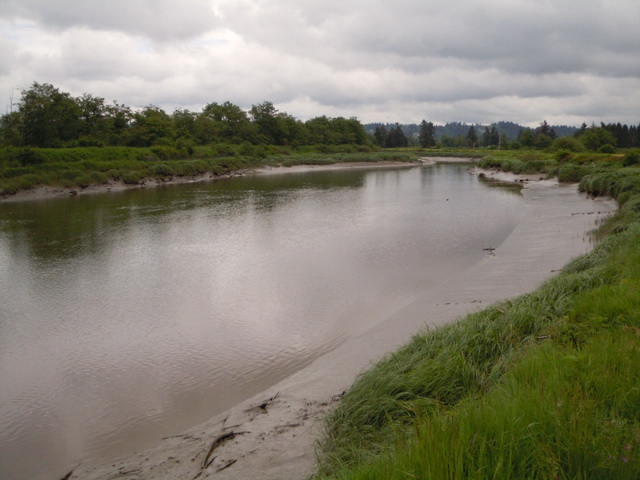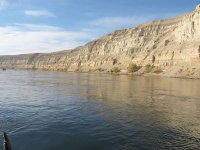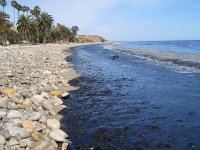Port Gardner
Hazardous Waste Site | Everett, Washington | Early 1900s to Present
What Happened?
The Port Gardner Bay/Snohomish River Estuary receives contaminant inputs from multiple sources. Releases of hazardous substances into Port Gardner Bay have resulted from industrial and municipal processes since the early 1900s, including factories, spills during cargo transfer and refueling, storm water runoff through contaminated soils at upland facilities, discharge of contaminated groundwater, and lumber operations, such as sawmills, and pulp and paper mills.
What Were the Impacts?
Data indicate that there is sediment contamination in some areas of Port Gardner that is sufficient to cause injury to natural resources. The Port Gardner and Snohomish River estuary area provides important spawning, rearing, and feeding areas for many fish and wildlife species.
Historically, the lower estuary consisted of mudflats, tidal marshes, scrub-shrub wetlands, and swamp forests at higher elevations. Federally-listed species under the Endangered Species Act are known to occur or may be found in the vicinity of the Port Gardner Assessment Area and include Coastal-Puget Sound Bull Trout, Puget Sound Chinook salmon, and Puget Sound steelhead.
What’s Happening Now?
On June 3, 2019, the Department of Justice announced another settlement, resolving claims that the Port of Everett and the U.S. Navy were also responsible for discharges.
The natural resource Trustees, including NOAA, are using settlement funds to support the Blue Heron Slough Project in Everett, Washington. This is a project identified in the previously approved final restoration plan, and is a critical action for recovery of Snohomish River salmon. The Blue Heron Slough project restores tidal wetlands and river distributary channels to protect habitat from future damage.
On August 9, 2022, the dike at Blue Heron Slough was breached, and tidal waters inundated this new 353-acre estuary island, complementing other actions by local partners to restore the Snohomish River Delta.
Contacts
Jason Lehto
NOAA Restoration Center
Seattle, WA
(206) 526-4670
jason.a.lehto@noaa.gov






